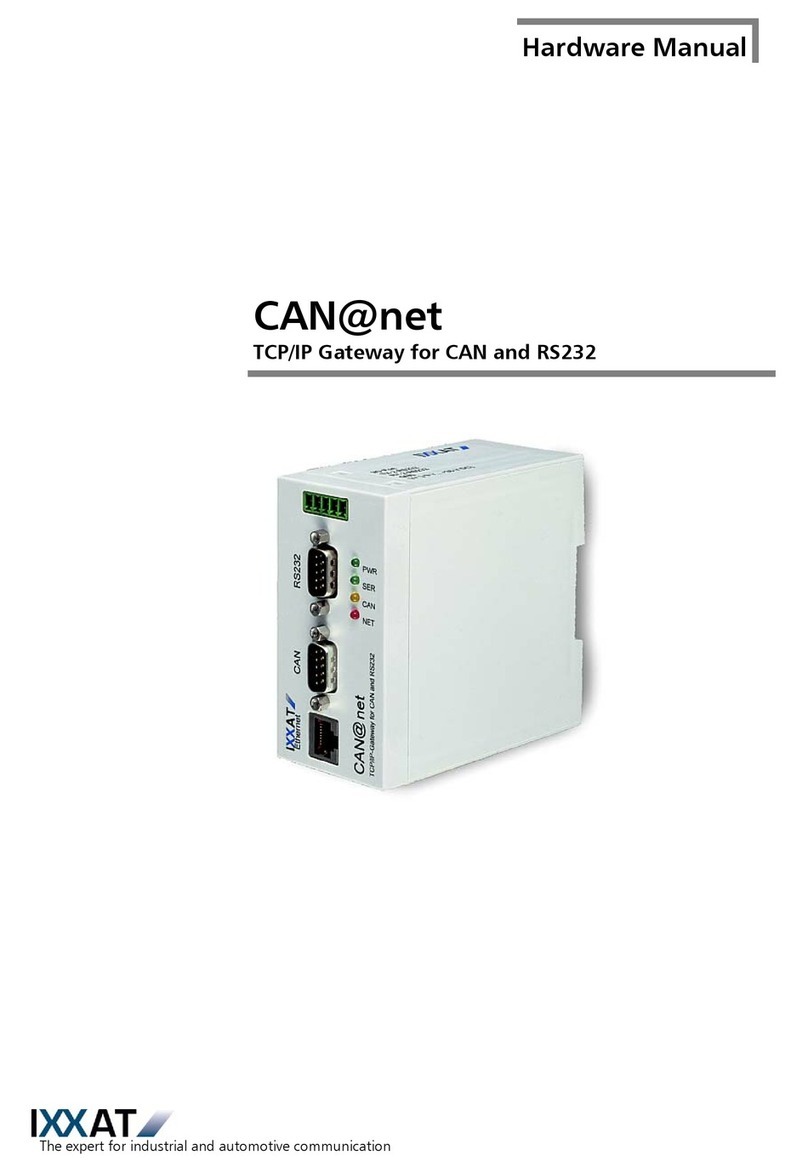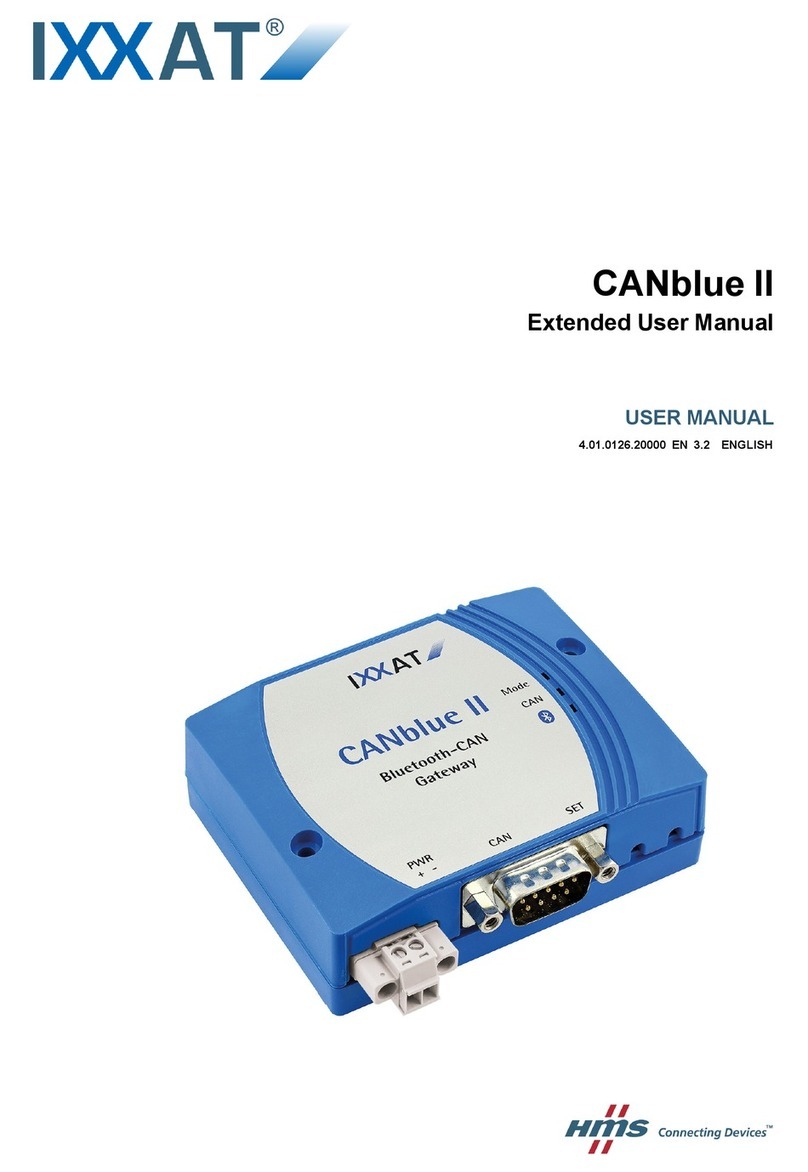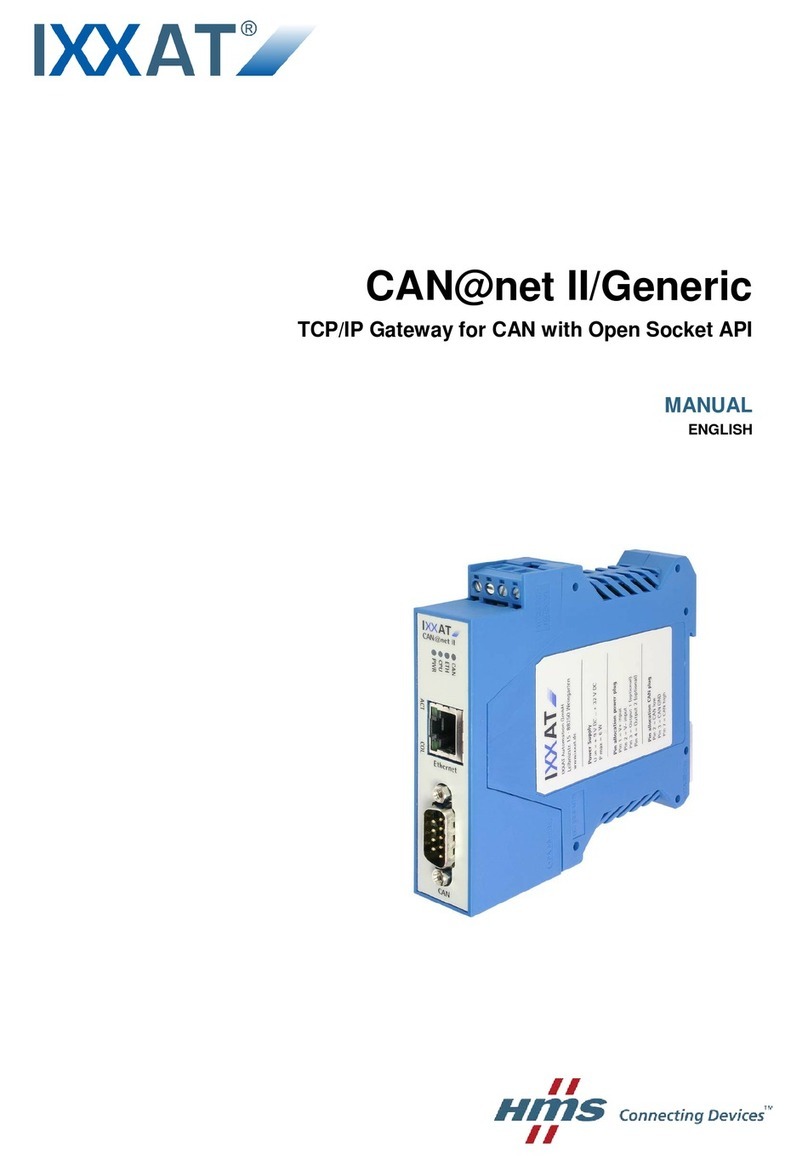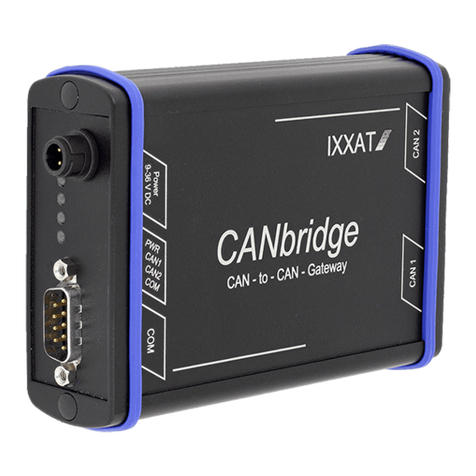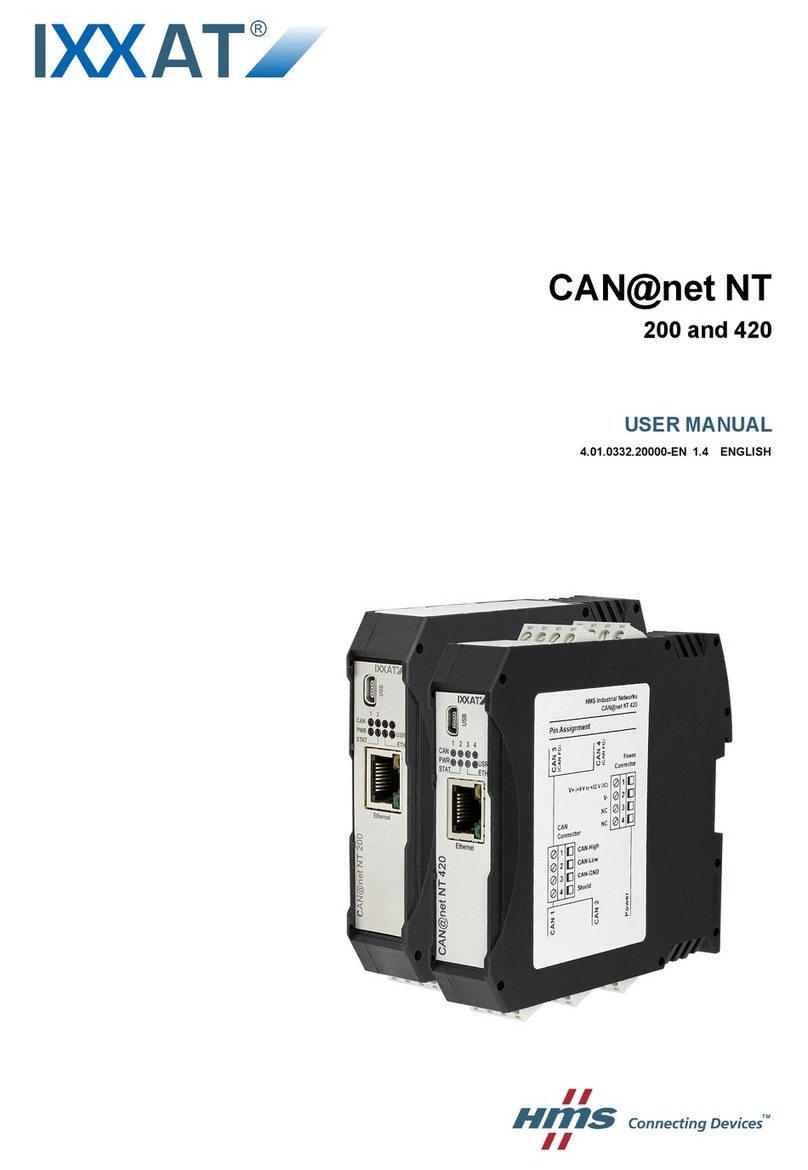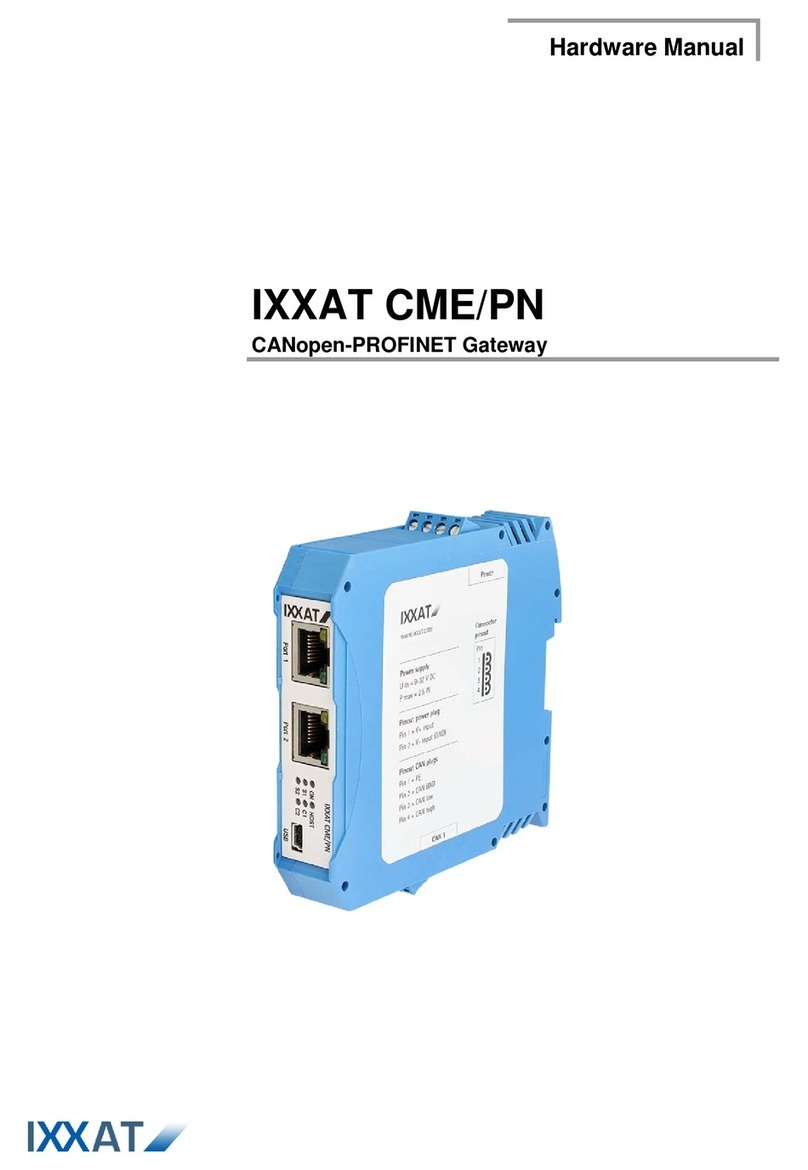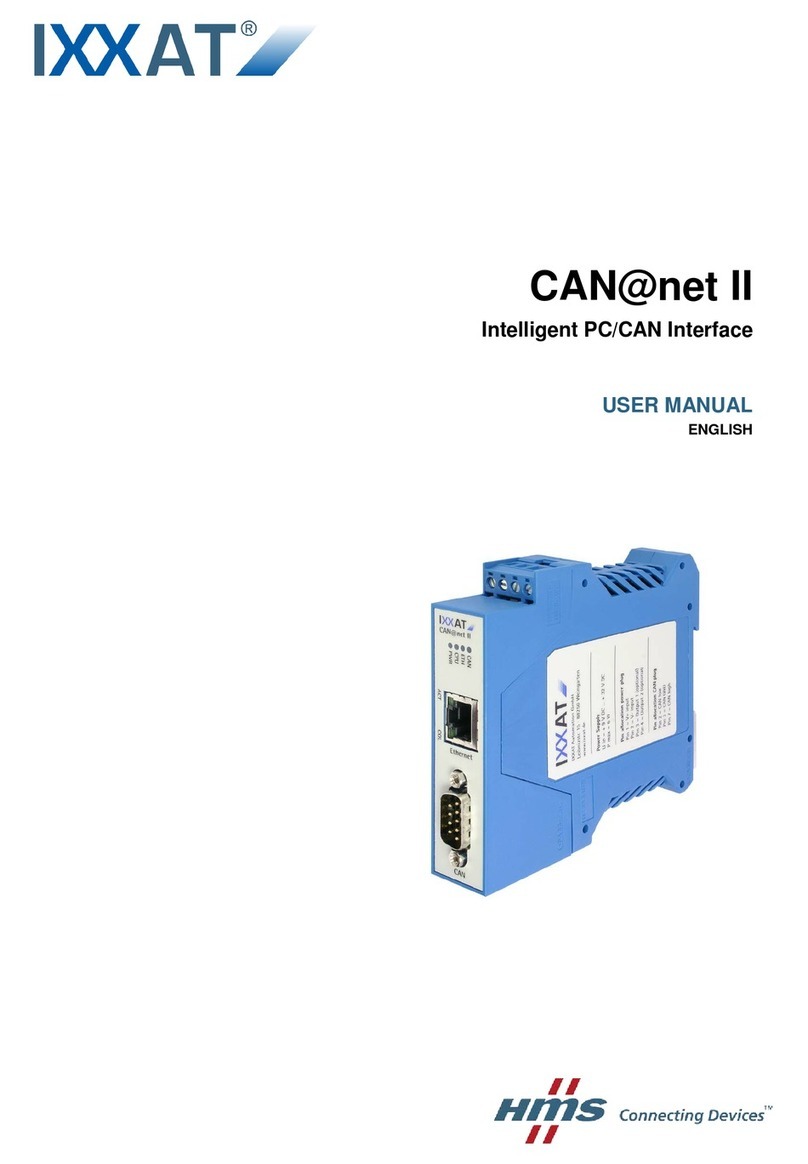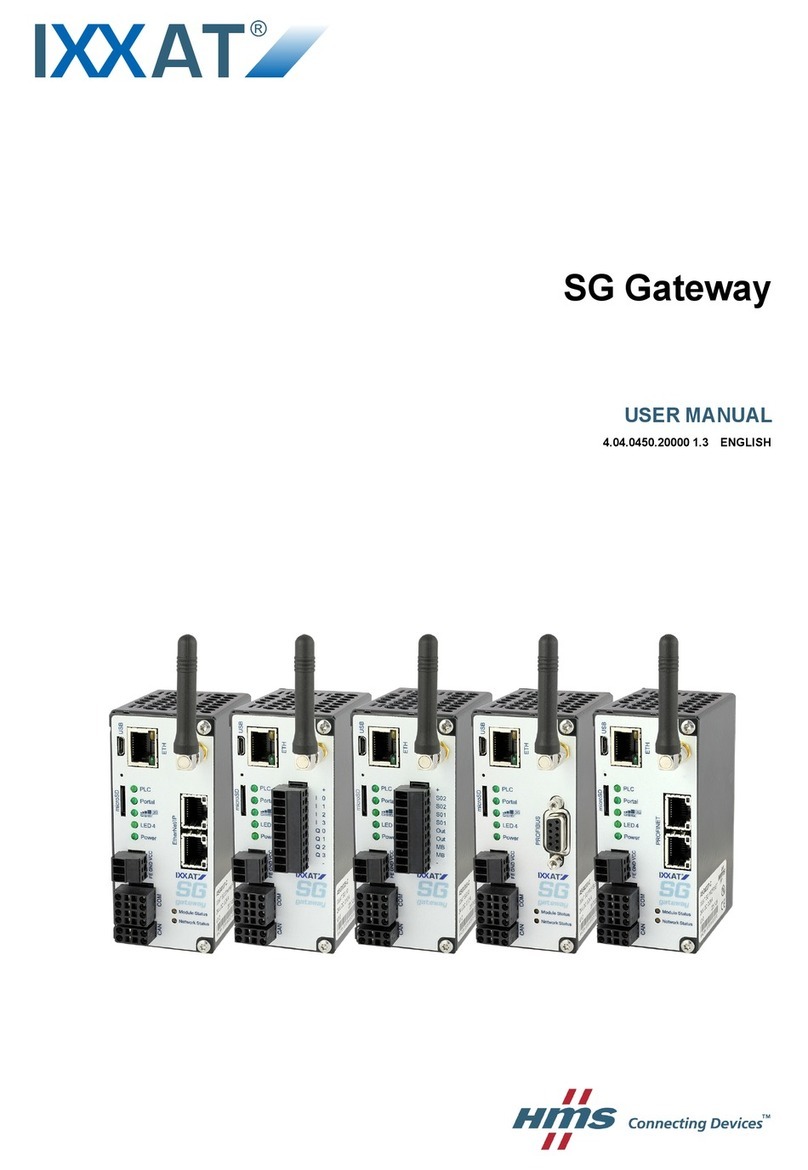1General information .......................................................................5
1.1 Highlights................................................................................ 5
1.2 Designs and device variants ................................................. 6
2Connector assignments.................................................................6
2.1 Connector (X1) power supply 6-32 V DC.............................. 6
2.2 Connector (X2) CAN............................................................... 7
2.3 Connector (X3) digital............................................................ 7
2.4 Connector (X4) analog........................................................... 9
3LED displays...................................................................................9
3.1 PWR - LED .............................................................................. 9
3.2 CAN - LED............................................................................. 10
3.3 USR 1/2 - LED....................................................................... 10
4Description of functions ..............................................................10
4.1 Introduction.......................................................................... 10
4.2 Galvanic isolation ................................................................ 10
4.3 Digital outputs...................................................................... 10
4.4 Digital inputs..........................................................................11
4.4.1 Digital inputs 1-4 ....................................................................11
4.4.2 Additional digital input on connector (X1) ..............................11
4.5 Analog outputs......................................................................11
4.6 Analog inputs ....................................................................... 12
4.6.1 0 - 10 V input range................................................................13
4.6.2 ±5V input range......................................................................13
4.6.3 ±100 mA input range..............................................................14
4.7 Power supply PWR(+).......................................................... 14
5Software........................................................................................15
5.1 CANio 500 as a CAN module............................................... 16
5.1.1 CAN –Identifier......................................................................16
5.1.2 CAN baudrate ........................................................................16
5.1.3 Node number .........................................................................16
5.1.4 Setting the digital outputs.......................................................16
5.1.5 Control of the analog outputs.................................................17
5.1.6 Digital inputs...........................................................................18

